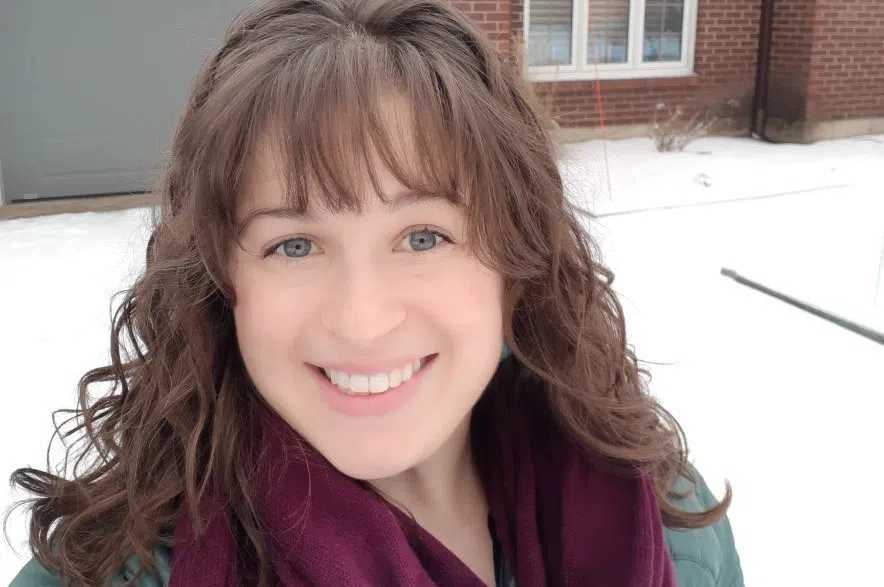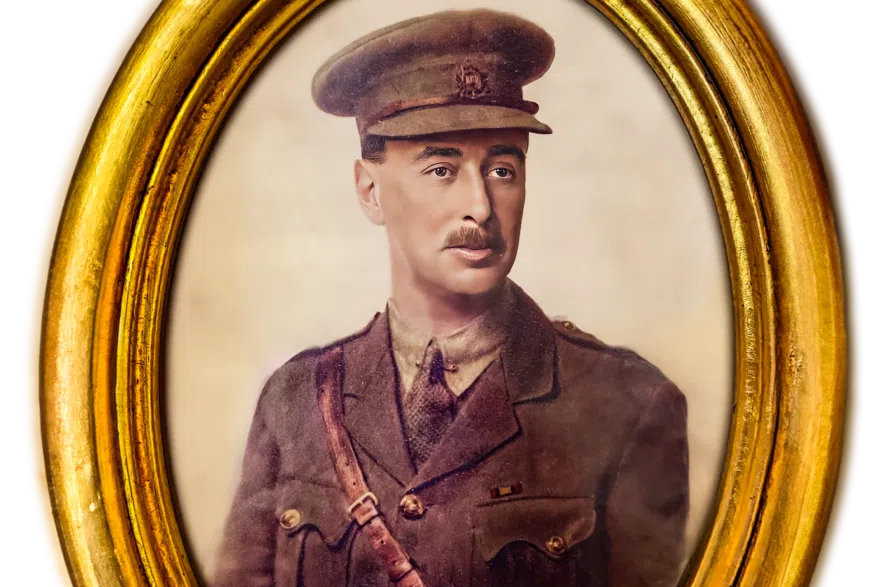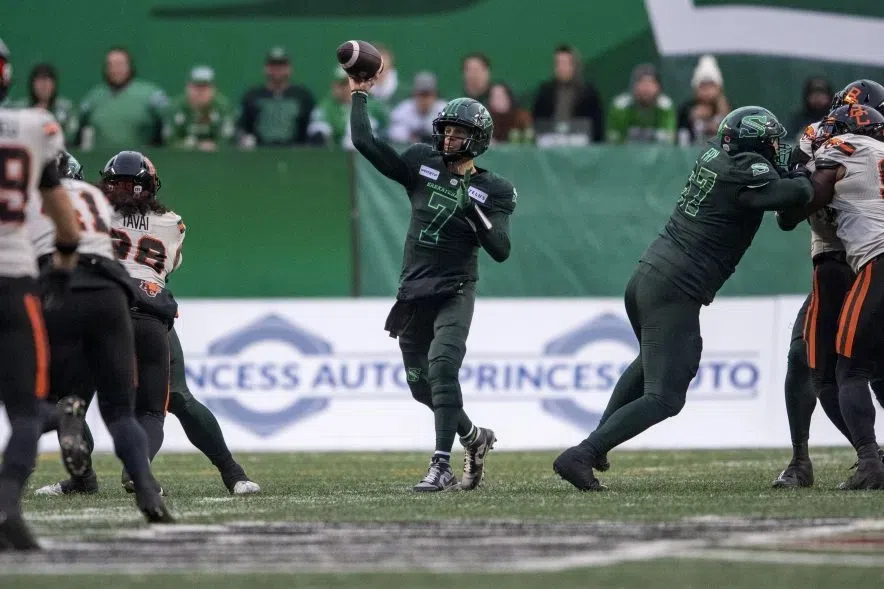There are more than 27,000 Canadian military service members who are missing from the First and Second world wars and the Korean War.
When the remains of one of those soldiers is found anywhere in the world, it’s Sarah Lockyer’s job to investigate and then track down and contact family members, if there are any.
It’s a monumental task. As the co-ordinator of the Department of National Defence’s Casualty Identification Unit, Lockyer must use historical, genealogical, anthropological, archaeological and DNA analysis in order to find relatives.
It can take years to identify just one person’s remains, like it did with former Prince Albert farmer Lt. Frank Hemsley, who died at the age of 37 on Aug. 16, 1917 in the Battle of Hill 70.
During the battle, Hemsley’s battalion suffered 257 casualties, including 62 killed.
His remains were discovered nearly 12 years ago, in Vendin-le-Vieil, France, but it has taken until this year to officially confirm his identity.
On Aug. 29, 2012, a munitions clearing company was going through a specific area prior to construction.
“In France and in Belgium, the ground is very much littered with unexploded ordnance. So anytime any type of construction happens, usually there’s a bomb-clearing company that goes through first,” Lockyer explained.
In this case, the company found human remains, including a number of artifacts that led to the belief the person found could have been a Canadian soldier.
“That’s when I was called in to see if we could identify the remains,” said Lockyer.
She described the remains as in good condition, with much of the skeleton present.
“That allows me to do as full of an anthropological analysis of the remains as possible. It also gives us the hope that maybe the DNA survived really well in the bone and we’re going to get successful extraction of it,” she explained.
Along with the remains were a number of metal objects, including buttons that clearly belonged to a soldier from the 16th Battalion Canadian Scottish Regiment, as well as a helmet and a gas mask.

16th Battalion Canadian Scottish Regiment buttons found with Lt. Frank Hemsley. (Department of National Defence/Submitted)
From there, Lockyer did a historical analysis of the area to find who fought there, who died and who went missing. She learned the Battle of Hill 70 took place in the area, and it was also where 1,300 Canadians went missing.
The found remains were not repatriated to Canada, so Lockyer travelled to France to examine the bones and to see if it was possible to extract any kind of DNA.
“I’m looking for things like age, sex, height and any other type of biological information that maybe has been notated in the personnel file. The personnel files from the First World War, they’re not very hefty … A lot of it tends to be pay information,” she said.
What generally becomes very important when Lockyer is trying to identify a soldier is the age range and the height of the skeleton. That can then be matched up to the personnel files, although she added that many people lied about their age at the time.
If that can be matched up, then a genealogical investigation begins.
In Hemsley’s case, she was soon able to bring a bone sample back to Canada.
“Some DNA survives very well, some does not,” she said. “In this case, we were successful in getting maternal DNA out of the bone very quickly.
“Not all family members can give a DNA sample. We need to pinpoint and find very specific people in the family tree based on the type of DNA that was extracted from the bone.”
Several years of searching and testing for matches to Hemsley’s maternal side came up negative. Testing for paternal DNA was not available in 2017 and 2018, but that soon changed.
“This past summer, in 2023 we tried again with the paternal DNA to see if we could extract it. This time they were able to extract it … out of the bone,” Lockyer said.
With that DNA, she said she can “follow the family name,” which in many instances can be easier. She confirmed that Hemsley had two sons, both of whom had their own sons — one of whom was still living.
She contacted Richard Hemsley, Frank’s grandson, and was successful in getting a DNA sample from him.
It was a perfect match, and the first time Lockyer was able to match a family member through paternal DNA.
“Being able to do so, for somebody who’s been missing (and) unknown for more than 100 years, it’s pretty special to be able to return their name and face to them,” she said.
Many times, relatives don’t even know that family members fought and were lost in one of the wars. That was not the case for the Hemsley family, who knew of their grandfather, his time in Canada, and that he died in battle. But no one knew what happened or where his remains could be.
Lockyer said before that could officially be confirmed, one final step had to be taken.
She had to present her information to the Casualty Identification Review Board. The board also had to approve Lockyer’s recommendations to bury the remains as Lt. Francis (Frank) Henry Hemsley. She was able to contact the Hemsley family the same day with good news.
“To be able to call (Richard) and say, ‘No, it’s true, we’ve found his remains,’ they were delighted,” she said.
For Lockyer, being able to do that is the reason she became a forensic anthropologist.
“To be able to find a body and return that dignity to that person, at the end of the day … it’s important,” she said. “It has value. It has meaning.”
And for soldiers like Hemsley who fought in the First World War, she said it was particularly important more than 100 years after his death.
“These individuals died for a cause (and) died for their country. And I think it’s the least that we can do to try everything that we possibly can so that we are able to identify those human remains when they’re discovered, ” she said.
Lockyer’s work isn’t over, though. She has so far identified 14 sets of remains for burial — nearly half of the 35 that have been identified so far by her unit.
She is currently working on another 42 skeletal remains.
From a casualty identification perspective, it’s case closed. For Hemsley’s family, that chapter won’t be closed until his burial in July in the closest appropriate cemetery to where he fell in France.
He’ll be buried with full military honours and members of his family, including his grandson Richard, will be in attendance.








